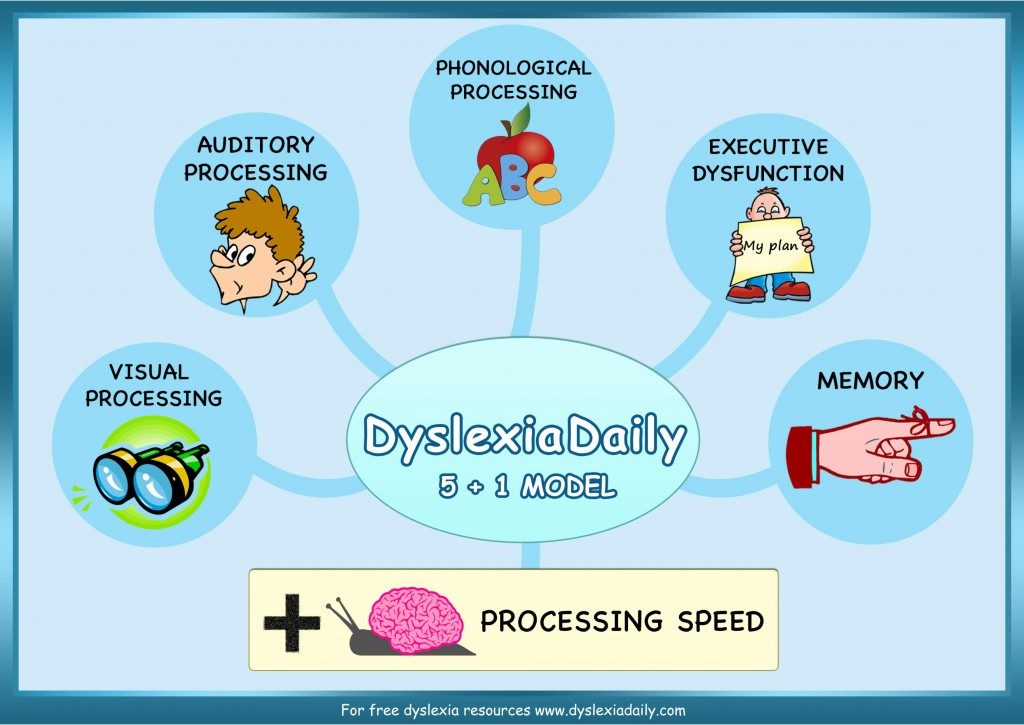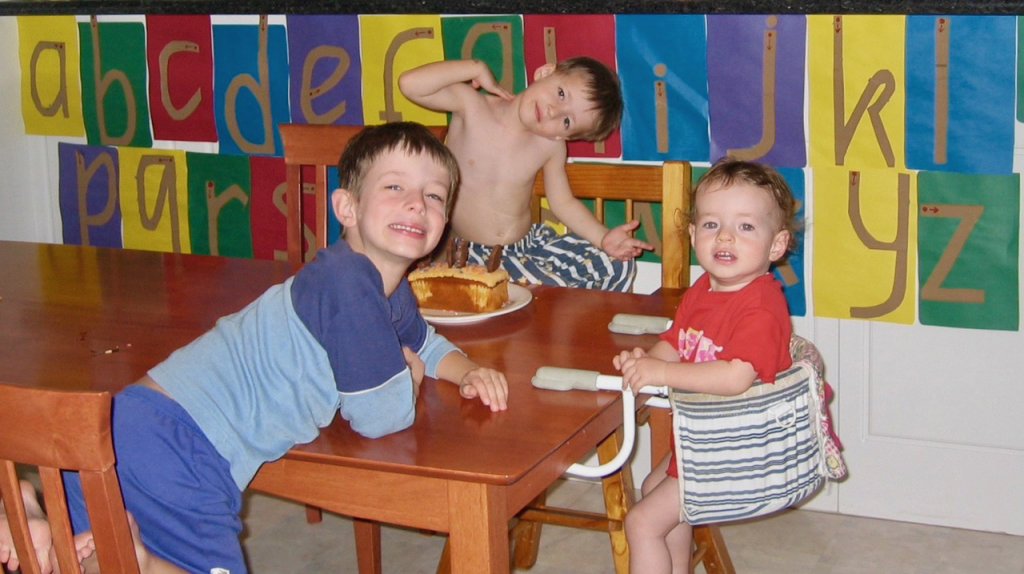Children of all ages can struggle with reading. Here are 5 ways you can get your child started on the reading process.
1. Determine what is holding them back
The first step is to determine what is holding them back.
Children in the classroom need to use a variety of processing skills to learn new information and skills. It is common to have strengths and weaknesses in the different areas required to process this new information.
Children who have difficulty learning to grasp reading, spelling, writing and some areas of Math, often have weaknesses in specific processing skills.
phonological processing skills.”
Even before a child reaches school and is taught phonics, they hear phonological sounds. They hear them when we speak to them and in the rhymes and songs that we sing. When they start school, these sounds are then attached to the letters of the alphabet.
There are 5: Visual Processing, Auditory Processing, Phonological Processing, Executive Function and Memory skills. A child, however may experience difficulties in one or more of these 5 processing areas and to add to this, they may also have slow processing rates.

It is important here to understand that Visual and Auditory Processing isn’t about the information your eyes see or your ears hear, it’s about how this information is processed in the brain.
Of course, basic hearing and sight testing are important. These tests can be used to exclude any physical deficits that may be causing issues for the child.
Some children really struggle to hear the sounds in words and may have a Phonological Processing difficulty. This can also be associated with an Auditory Processing Difficulty since it is related to the hearing and processing side.
Executive Processing Dysfunction is related to poor organisation of thoughts, possessions and completion of tasks.
Memory Deficits come in many forms and can affect; short term auditory, long term auditory, short term visual, long term visual and working memory.
Trying to identify which Memory issue is affecting a child can be difficult for teachers, as memory deficits can present in many forms.
Lastly, we look at Slow Processing Rates.
more time on tests and exams.”
Processing rates are related to the speed with which a child can cognitively process information to produce an answer or a result. A child with slow processing rates may be the student who finds the answer to the first question while others are already answering the second or third.
2. Start at the beginning
You need to start with the code. Remember we have talked about the ‘Speech to Spelling Code™’. This is the code I designed to help children who find school difficult, to learn quickly.
Yes, children need to know the alphabet, but more importantly they need to connect the sounds that those letters make in words. This is the bridge of support between speech and spelling.
Understanding the 46 sounds, the letters of the alphabet make, is the most important key to learning to read and spell.
With this in mind, I wrote a song called ‘The Alphabet Sound Song’ which helps children to learn all the common sounds the letters of the alphabet make. You can find the link to this below and….Yes, it’s me singing, I apologise in advance.
3. Create a visual, auditory, tactile, kinaesthetic and phonic code learning resource
Now that’s a mouthful of big words!
Ok, so let me tell you what I mean. I created a chart with all the letters of the alphabet using; paper, sandpaper, a glue stick and a marker.

Here’s what to do
- Print the cursive alphabet letters in thick text. (I got this from my children’s school).
- Trace and cut out each letter from the sandpaper.
- Glue the letters to thick paper or cardboard. (A4 or A3 Size).
- Using a marker start with a dot and an arrow to indicate where to start and the direction the letter is written.
- Have your child trace the letter (visual).
- Say the letter (auditory).
- Feel the letter (tactile).
- Trace the letter (kinaesthetic or movement plus muscle memory).
- Say the sound (phonic).
This is just one way to create a code prompt, so let your imagination run wild. Check out the Facebook Live video on this topic for some more ideas. Here’s the link.
4. Read to them and along with them as much as you can
As parents and teachers, we all have time limits, so I recommend you do this as much as you can.
Your child will love: a) a great story that is age appropriate and b) sitting next to you and either reading the same book or getting two of the same books and reading along with you at the same time.
Tip# You can always order two of the same books from the library.
If you own the book, then you can make the experience even more interactive and fun, and that brings us to the 5th way to help a struggling reader.
5. Make the shared reading experience fun
When a child is struggling to read, everything about reading is a drag, it can be stressful and make them feel like a failure. We need to turn that around and make reading fun.
- Use books that have age appropriate content but a phonological age closer to their actual reading age.
- When you read, get your child or student to use things like clicking of fingers to indicate commas, clapping of hands to indicate full stops. You can be creative and use whistles or other things.
This works because the kids think it’s fun and it means they are tracking the words.
This works whether you are reading or they are.
- Identify a word that is consistently in the book and highlight it. This might be a character, the name of a place or a sight word. Make this their word!
- Every time they see this word they have to say it. Add more and more words as you go. Use lots of funky highlighter colours!
- You start reading and then get them to read. Start with just a few words each and progress to sentences or paragraphs and then to pages.
Your child will enjoy your undivided attention. Get reading with them! As your child gets older, they will never forget that you did this with them.
That’s the 5 ways to help a child who is struggling with reading… now here’s a bonus one.
6. Create their very own reading book.
When I was asked to help a struggling reading group of first graders, I started by getting them to create their very own reading book.
They dictated a sentence and drew a picture on each page. These were their own words. We read these books every session. They read them at home or to anyone who would listen, including the family pets.
This was the first book many of them could actually read and it made them feel like the other kids.
I am passionate about helping kids to learn to read and spell. I love watching children shine and I love seeing children with so much potential finally achieve.
Here are some useful links:
Check out the first book my son ever read on the Facebook Live video about this topic: Facebook Live
You can also view the video on YouTube here.

Here is The Alphabet Sound Song: The Alphabet Sound Song©




















What about spelling tips for older children in secondary school